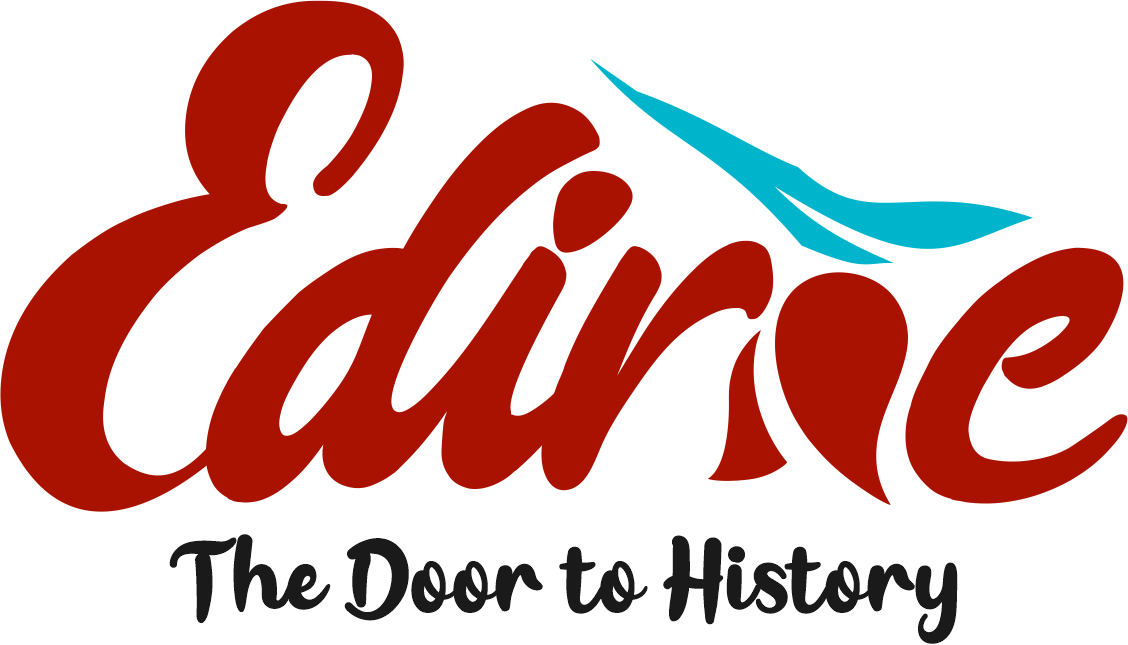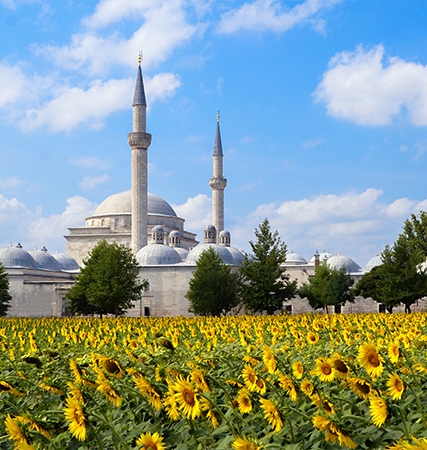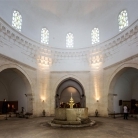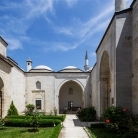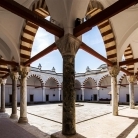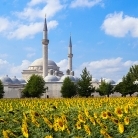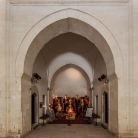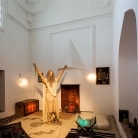Sultan Bayezid II Complex Health Museum
Trakya University Sultan Bayezid II Complex Health Museum in Edirne has become one of the most interesting museums of our country in recent years. This museum, which has made a name for itself both at home and abroad with the international awards it has received, is the only museum that truly keeps an Ottoman hospice alive today. With this feature, it sheds light on the importance of the Seljuk and Ottoman hospices of the past in our history of medicine. The fact that it has transformed from being a sheep pen in the neighborhood until 25 or 30 years ago to a museum that thousands of people come to see today is an indication that the hospices are also welcomed with great interest and curiosity today.
As one of the most important complexes of the Ottoman Empire, the darüşşifa and the adjacent medical madrasah in the complex built by Sultan Bayezid II in Edirne in 1488 have been embraced by Trakya University, which is the representative of this mission today, as an important educational and health institution of our history.
Upon initiatives, the General Directorate of Foundations allocated the other parts of the complex, except the mosque, to Trakya University in 1984, enabling steps to be taken to change the fate of these structures. However, the history of the efforts to save this important monument goes back much further.
In the 1970s, Dr. Ratip Kazancıgil, Edirne Health Director at the time, initiated attempts to save these important structures of our medical history and these efforts continued for many years.
After completing the necessary restorations, Trakya University used the darüşşifa and madrasah as a training ground for some of its departments for a while. Following the approval of the General Directorate of Monuments and Museums of the Ministry of Culture, Trakya University Sultan Bayezid II Complex Health Museum, which was established in the darüşşifa section of the complex on 23.04.1997, was opened to service with a ceremony.
The Istanbul Association for the Readaptation of Mental Patients also gave great support to these works and made a unique contribution to this museum by reviving the inpatient treatment section of the darüşşifa with mannequins in accordance with the original.
In the 11th anniversary of the opening of the museum, with the contributions of Rotary International 2420th District Governorship, the madrasah section was opened to visitors on 23.04.2008 under the name "Medical Madrasah" and the museum was provided with a new section. The Medical Madrasa has brought the Health Museum to a more important point. With this work, the medical madrasah and teaching environment in the 15th century was revived with mannequins and the unknown aspects of the medical education of the period were emphasized. In this section, visitors are taken on a time travel through the history of medical education.
This museum, established under the name of the Health Museum and animated with period-specific features, won the Council of Europe's European Museum Award in 2004, one of the most prestigious museum awards in the world, which has been given since 1977, and was one of the two museums in Turkey to receive this award.
The Health Museum, which has proven the details of the Ottoman darüşşifa practice to the whole world with its story, design, use and operation, continues this success with the international awards it has received.
Many Seljuk and Ottoman hospices in our country have somehow survived to the present day; however, the only hospice that has been transformed into a museum that carries the past to the present day in accordance with the original and exhibited it to the whole world and has managed to win important international awards for this is the Sultan Bayezid II Darüşşifa in Edirne. At this point, Trakya University Sultan Bayezid II Complex Health Museum has taken its place in both cultural and medical history as a very important example of success.
History of Sultan Bayezid II Complex; The foundation was laid in 1484 by Sultan Bayezid II himself, and was completed in a short period of 4 years with the economic and manpower of the period and opened in 1488.
The architect of this collection of buildings, which attracts attention with its multi-domed graphical structure, is Hayrettin.
Sultan Bayezid II Complex is one of the most important health, social, educational and religious institutions of its period. The complex consists of many units such as a hospital, medical madrasah, mosque, guesthouse, imaret, bathhouse and bridge. This multi-purpose complex also reflects the social state approach of the period.
Patients were cared for in the hospital, students were educated in the madrasah, worshipped in the mosque, guests were hosted in the tabhane and the poor were fed in the soup kitchen.
Darüşşifa is a first in the world in terms of being a centralized hospital aiming to provide a lot of service with a small number of staff and being planned with detailed consideration of its needs in this field. Similar hospitals began to be built in the West only 200 years later.
In this hospital, the soothing sounds of music and water echo off the stone walls and transform into healing. From Ibn Sina to Farabi, from the Seljuks to the Ottomans, a deep-rooted understanding of music therapy is successfully applied in the treatment of physical and mental illnesses.
The hospital, described by Evliya Çelebi as "There is such a darüşşifa there that it cannot be described with language or written with a pen", has been healing the sick for 400 years without interruption.
Edirne Darüşşifa was a multifaceted hospital at its foundation. Its staff in the early years included 1 physician, 2 physicians, 2 surgeons, 2 ophthalmologists and 2 pharmacists. The physicians working in this hospital were paid 30 akçe per day from the foundation budget, while the other physicians were paid 15 akçe per day. The total number of staff was 21 and the hospital had 32 beds.
This healing home, which was a cure for the afflicted for many years, turned into a center where only mental and psychiatric patients were treated in later years. The most important feature of this hospital was the use of music, the sound of water and fragrances in addition to the medical knowledge of the time.
A ten-member ensemble of singers and sazende would take their place on the music stage three days a week, playing and singing different makams according to each illness. For example, Rast was played for convulsions and paralysis, Iraq for nervous people, Rehavi for headaches, Zengule for heart diseases, and Isfahan for opening the mind and increasing intelligence.
The madrasah of the complex was one of the most important medical schools of its time and trained physicians for the hospital. It was one of the sixty madrasas, the highest rank in the Ottoman Empire in terms of importance. It had a teacher called Müderris and his assistant, a librarian and 18 students. The teacher was paid 60 and the students 2 akçe per day.
The practice in these departments resembled today's education and practice hospitals. Students studying at the Medical Madrasah would also complete their education at the darüşşifa in a master-apprentice relationship.
Evliya Çelebi writes about the madrasah: "Inside the complex, there are Medresetü'l Etıbba and students in its rooms, each of whom are mature physicians who always talk about scholars such as Plato, Socrates, Filbos, Aristotales, Galen, Pythagoras, each of them is oriented towards a science, valuing valuable books in the science of medicine, and trying to find a cure for the problems of mankind." He writes.
The medical books taught in this madrasah, many of which were donated by Sultan Bayezid II himself, have survived to the present day. Currently, 37 books describing the medicine of the period are under protection in Selimiye Manuscript Library.
It welcomes its visitors as a private museum affiliated to Trakya University.
Address : Sultan Bayezid II Complex Health Museum, Yeniimaret
Telephone : (0284) 224 09 22
E Mail : saglikmuzesi.trakya.edu.tr
Visiting Days : Open to Visitors 7 Days a Week
Visiting Hours : Summer 10.00-19.00 / Winter 09.00-18.00
Fee : Paid (under 18 and over 65 free of charge)
MuseumCard : Invalid

